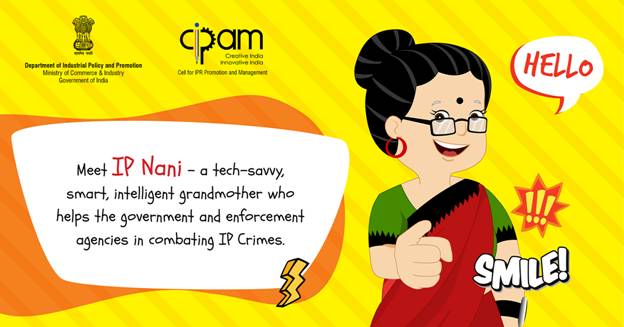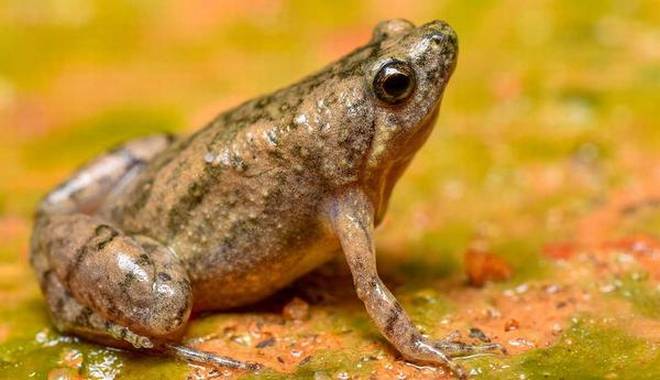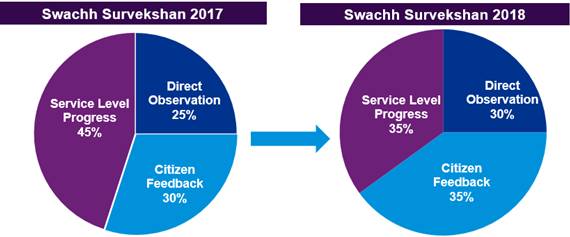900 319 0030
enquiry@shankarias.in
IP Nani

National Policy on Biofuels – 2018
National Institute of Mental Health Rehabilitation
Microhyla kodial

Swachhata Survekshan 2018

Source: PIB, The Hindu